TEKEVER, a European firm that develops Unmanned Aerial Systems (UAS), has confirmed the successful deployment of a lifeboat from its AR5 drone as part of a search and rescue exercise conducted by the Italian Coast Guard, in partnership with the European Maritime Safety Agency (EMSA).
A video of the search and rescue exercise can be found and downloaded here: https://we.tl/t-kShDFH8oPr
With fully automatic operation, sensors onboard the drone enabled the detection of vessels or humans on the water. Using artificial intelligence, the drone calculated the optimal time to release the lifeboat close to the vessel or person in distress without human intervention, enabling the lifeboat to be deployed at a close enough, but safe, distance.
The system automatically considered weather conditions and flight plan restrictions, allowing the lifeboat to be easily used in a wide range of situations, say the firm.
According to a press release:
“CLS and TEKEVER have combined their skills and expertise to provide EMSA with maritime surveillance solutions using drones as a service since 2016. An affordable service useful for all Member States of the European Union, this solution has already proven its efficiency with nearly 2,000 hours of flights and nearly 300 missions carried out in Portugal, Italy, Spain, France, and the United Kingdom.
With this consortium, CLS and TEKEVER combine 30 years’ experience in data acquisition, data processing and data analysis in maritime domain awareness with nearly 10 years’ experience in remotely piloted aircraft (RPA) solutions, making it a unique European civil expert.”
Commenting on the news, TEKEVER’s CEO, Ricardo Mendes, said:
“This successful demonstration by one of the leading maritime safety agencies is a fantastic endorsement of TEKEVER’s cutting-edge technology. We look forward to continuing this partnership with EMSA to improve the surveillance of European waters and ultimately save lives.”


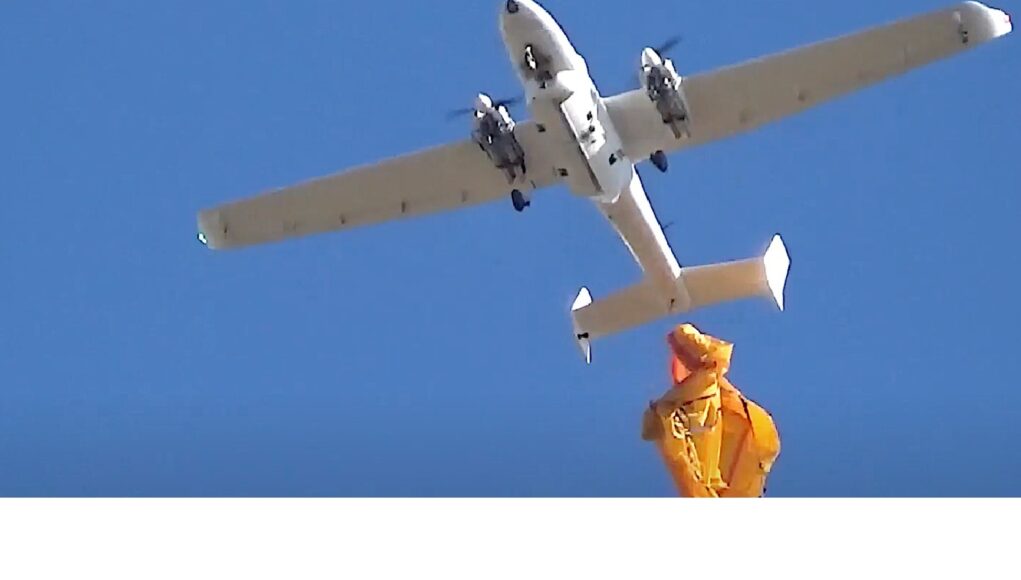
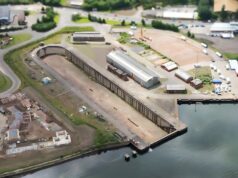
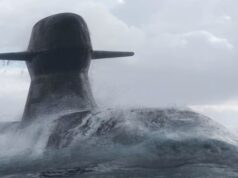


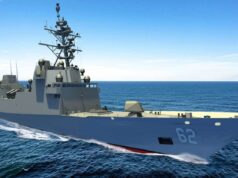
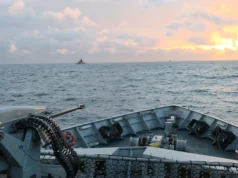

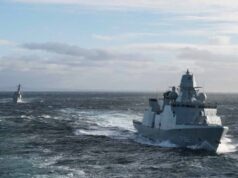
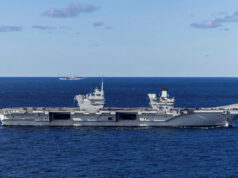
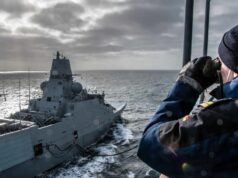

Didn’t the Nimrods carry a survival pack/liferaft that could be dropped?
Certainly something that could have military applications
Absolutely, it will save many lives.
Let’s hope the Italians didn’t waste one on illegal immigrants.
How evil are you,, so you are saying that the migrants are not human beings and don’t deserve what others deserve
Barbaric criminals deserve nothing.
Quite appropriate that a boat should be deployed from a drone that sounds as if it was named on Talk Like a Pirate day.
Let’s hope they did and saved as many lives as they could!!!!!!!!
That’s pretty good, may save many a life and show how SAR can use autonomous drones..
I just wonder if a small version of this would be of use to the RNLI or Coastguard. Every year in Summer someone paddles out too far, swims beyond their limits or get cut off by a tide.
Standard response is call out the lifeboat, and in some cases that will still be needed but if not just drop a lightweight version to them and they are safe.
Rescuing people from water is often more difficult than simply dropping a boat. I suspect this will more be used to rescue struggling yachtsmen, who have a platform from which to climb in.
The drone has a nice shape from beneath, doesn’t it? Slightly like Lockheed Electra with the twin tail. Pity there’s no sense of scale, or we would be debating whether or not you could sling a Brimstone in the very bomb-bay shaped space underneath.
Weren’t the RN looking at a drone for use on the QECs with regards to rescuing pilots who have ditched nearby?
I don’t recall that, but it might have been a suggestion. I doubt it would be practical with the time taken to prepare a UAV relative to the time to launch a RIB.
Didn’t there used to be a Wessex or S King up, back in the day when takeoff and landing was underway?
I’ve certainly seen pictures of helicopters up during carrier landings, but that was in Eric Brown’s autobiography showing a test landing so may have been just for tests. In practice, I have no idea but it would be a significant user of fuel to have a Heli hovering around for the 30 mins or so it took to recover a full attack squadron.
I have the book here
The caption is “Acting as safety helicopter for fixed-wing aircraft landing on HMS Illustrious”. It’s from 1953, mind, and carrier safety has moved on a bit since then
Yeah, fair one. I think I’m influenced by a 70s Youtube vid I’ve seen of Phantoms and Buccs landing on Ark Royal and a Wessex is airborne hovering afar.
Plane guard.
Usually a ship or helo that is in a position to quickly react if an aircraft goes down or man overboard. It can be a dangerous task: at least two escorts have been lost while doing the task.
Plane guards are put in place before takeoffs and landings to be able to deploy SAR pretty much instantly. A drone could certainly be used in a similar role (pre-positioned, with survival aids), but I can’t see them being able to directly affect a rescue at this stage. Someone will still need to fish the latest duck out of the water!
Ah, just the man.
Thank you.
I see it is difficult to say Portuguese.
As the payload for this UAS is 50Kg, it is clearly nonsense to refer to a lifeboat! I suspect that what is actually deployed is a liferaft!
This reminds me of the airborne lifeboats used inWW2 to provide downed airmen with something beyond the rubber dinghies they had. Life savers.
If a drone aircraft can drop a lifeboat, why not a drone seaplane or helicopter land on the water and pick them up?
Tekever was formed by a group of Portuguese engineering students in Lisbon. They have a strong relationship with Southampton University in the UK, and now have an R&D office and manufacturing facility in the UK too, which has received some MoD R&D funding. A great low-cost ISAR UAV for maritime applications – ideal for both RN and Coastguard.